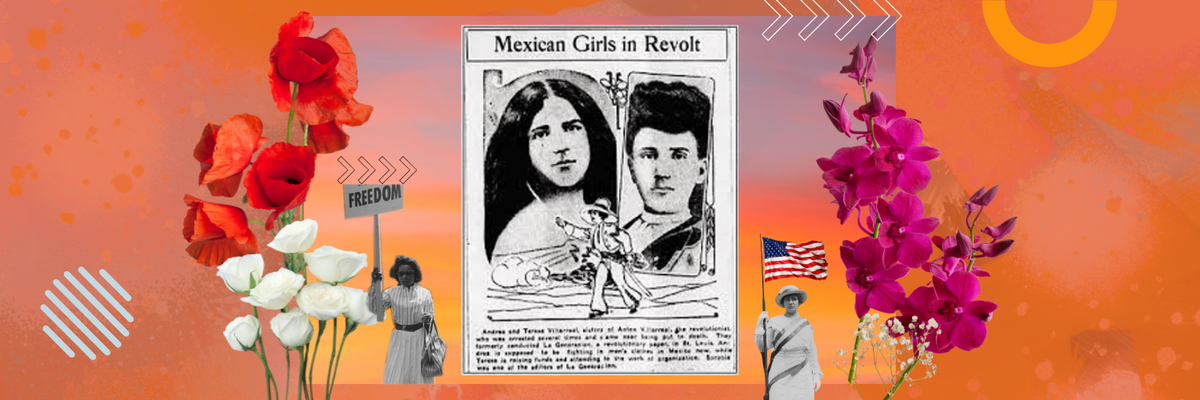
Street art has been the heartbeat of many urban landscapes around the world, and the Latine community in the United States is no stranger to this dynamic and unapologetic art form. From the murals of Los Angeles to the graffiti in New York City, Latine street art has become an influential cornerstone of American culture.
Let's dive into the colorful, profound, and often political world of Latine street art.
Where Did Latine Street Art Originate?
In its early stages, Latine street art was born out of both creative expression and resistance. The origins date back to the late 1960s and early 1970s, a period when civil rights movements and social unrest shook the foundations of American society. Latine communities, particularly Mexican-Americans, took to public spaces to paint murals reflecting their stories, struggles, and dreams - a form of expression largely inspired by the Chicano Art Movement.
These murals, in cities like San Francisco, Los Angeles, and San Diego, often featured symbols of cultural pride such as Aztec deities, prominent Latine figures, and intricate folk art patterns. The 1970s "Great Wall of Los Angeles" by Judith Baca, one of the longest murals in the world, is an iconic example. It narrates a chronology of California from the prehistoric age to the 1950s, placing significant emphasis on the experiences of marginalized communities.
The Evolution and Impact
Over time, Latine street art evolved, incorporating diverse styles, themes, and narratives. This art form expanded to include graffiti, stencil art, sticker art, wheatpasting, and street installations. The likes of Lady Pink, often dubbed "the first lady of graffiti," shattered the glass ceiling in this male-dominated arena in the 1980s in New York City.
The 1990s and early 2000s saw the rise of artists like El Mac, whose large-scale murals often feature everyday people from Latine communities, celebrating the resilience and unity of the community. Meanwhile, artists like Celia Sanchez and Manny Vega used their murals to explore themes of Latina identity, womanhood, and empowerment.
Street art is, at its core, a form of public dialogue. It interacts with its environment, provoking thought and fostering community engagement. Latine street art has played a significant role in challenging stereotypes, asserting Latine identity, and critiquing sociopolitical issues like immigration policy and systemic racism.
The Cultural Imprint
Latine street art is more than just an art form; it is a bold, visual manifestation of the Latine experience. With roots in Latin America's muralism tradition, it merges past and present, intertwining historical references and contemporary issues. From depictions of La Virgen de Guadalupe to tributes to Celia Cruz, this art form interweaves culture and political resistance.
It has increasingly become a medium to highlight the strength and resilience of Latina women. Artists like Favianna Rodriguez, Jessica Sabogal, and Yolanda López use their art to celebrate Latina femininity and challenge patriarchal norms. This art empowers by representing Latinas as leaders, activists, and change-makers - a radical departure from the often stereotypical portrayals in mainstream media.
From its humble beginnings on the streets of Los Angeles, Latine street art has become a global phenomenon. Today, it can be seen on walls from Paris to Cape Town, providing an international platform for Latine voices. It has also inspired and intersected with other global art movements, contributing to a rich, vibrant global street art scene.
Latine street art is a testament to the community's creativity, resilience, and culture. It narrates stories of struggle, joy, identity, and resistance. It is a form of art that is both deeply personal and universally relatable, grounding us in our roots while also pushing us to question, to challenge, and to dream.
As we walk past these vibrant murals, let's remember the narratives they tell and the conversations they provoke. Latine street art is not just about aesthetic appeal; it's about preserving cultural heritage, inspiring dialogue, and fostering community pride. It's a testament to the ever-evolving Latine narrative - a narrative that is as bold, dynamic, and resilient as the art form itself.
- See How this Mexican Tattoo Artist’s Designs Bring Embroidery to Life ›
- NFTs Still Confuse Most People, but Latinx Artists are Making their Mark ›
- 5 Things You Didn't Know About Celia Cruz - Luz Media ›
- Day of La Virgen de Guadalupe: An Exciting Day for Mexicans - Luz Media ›











